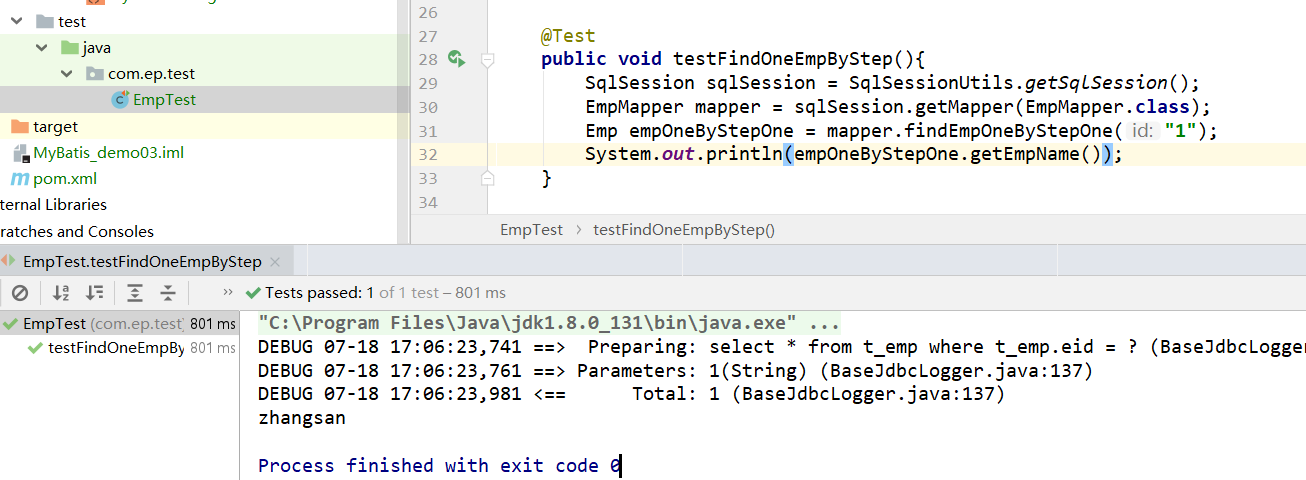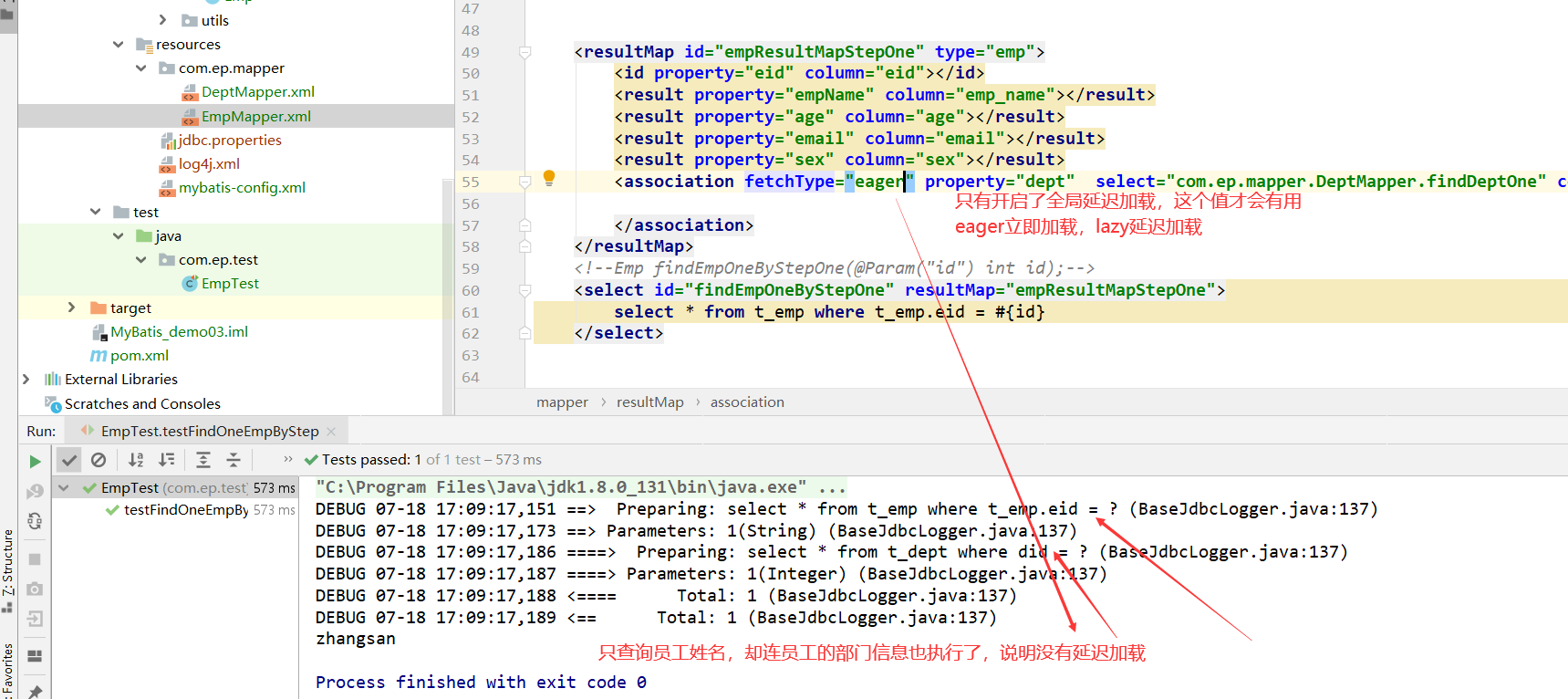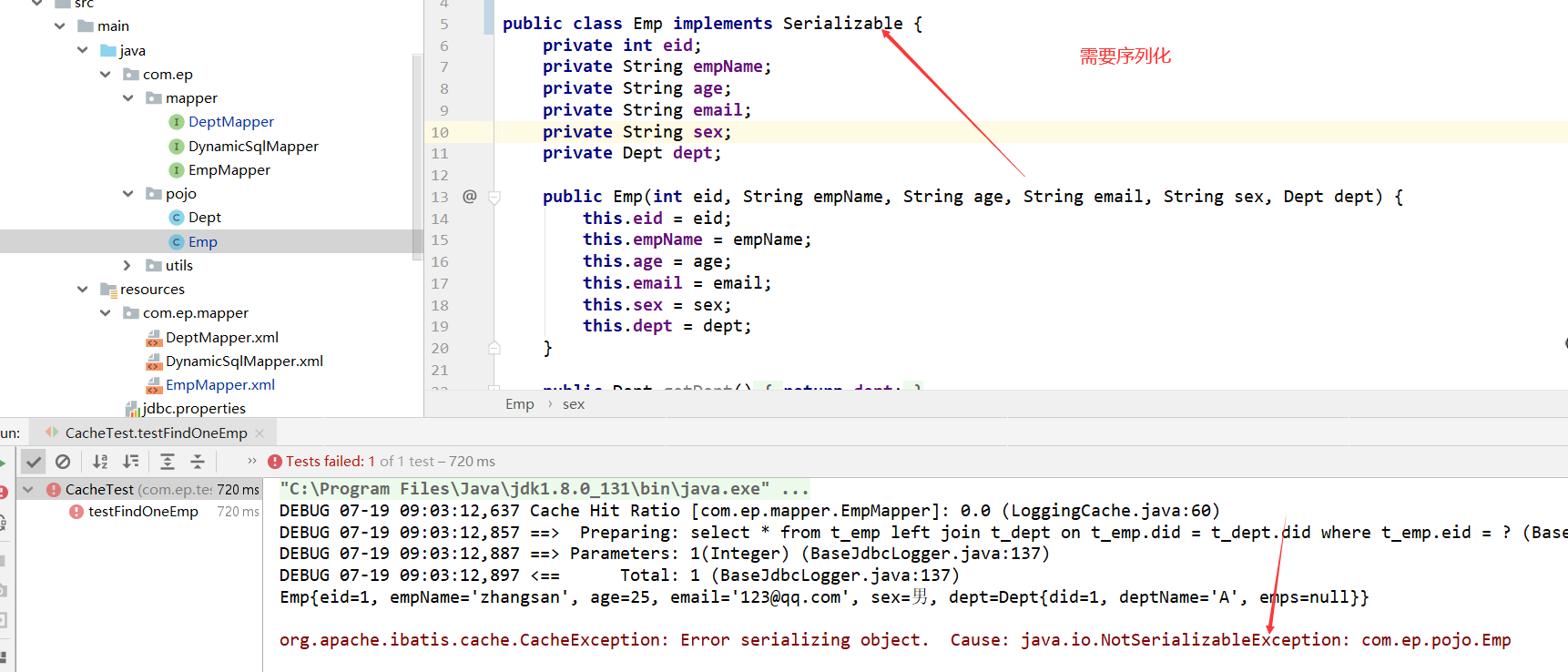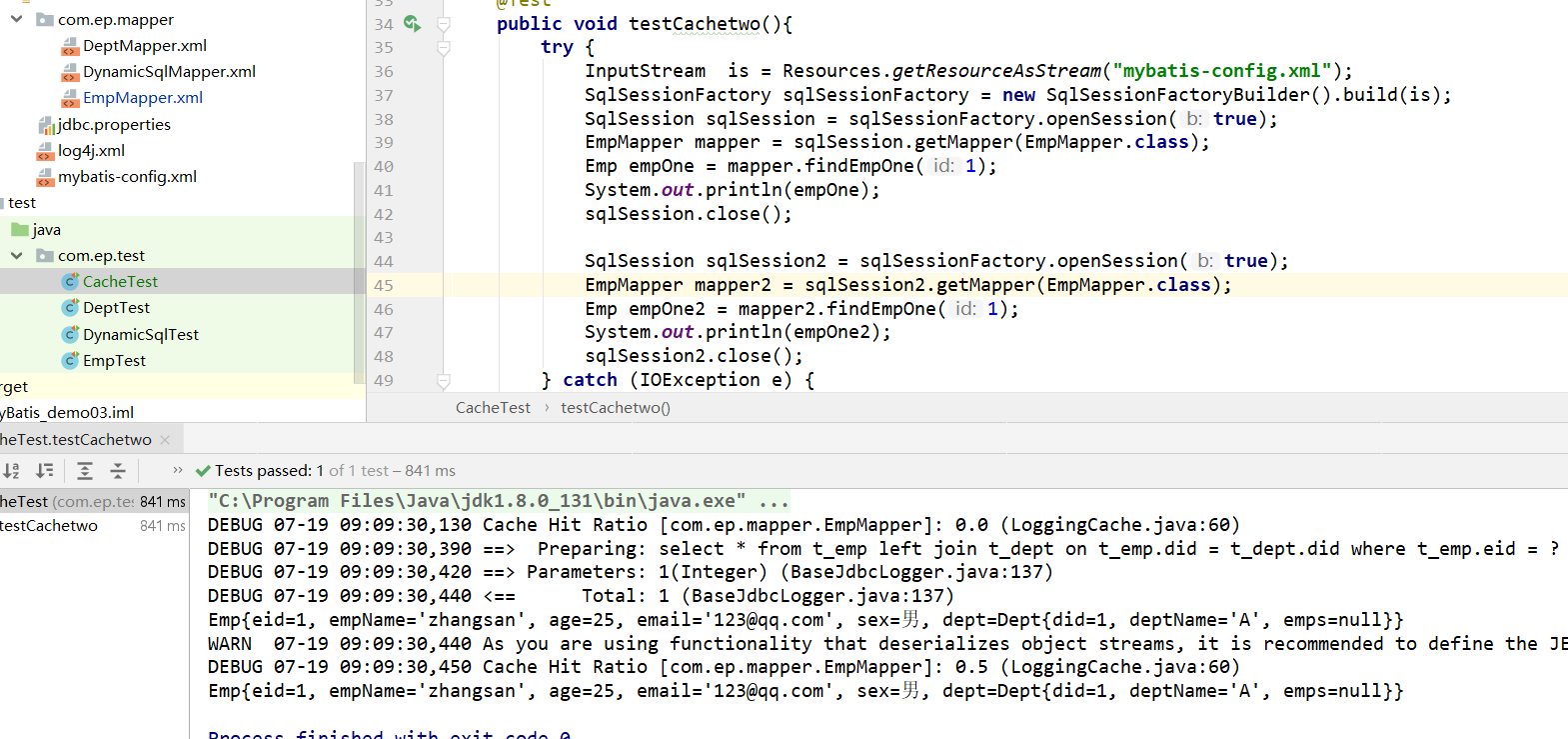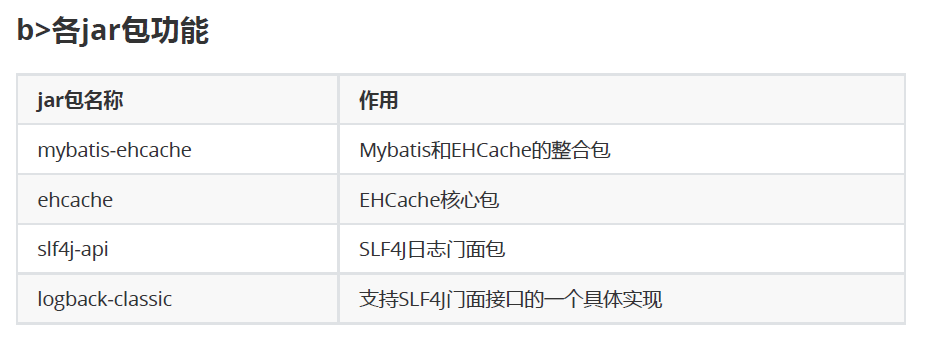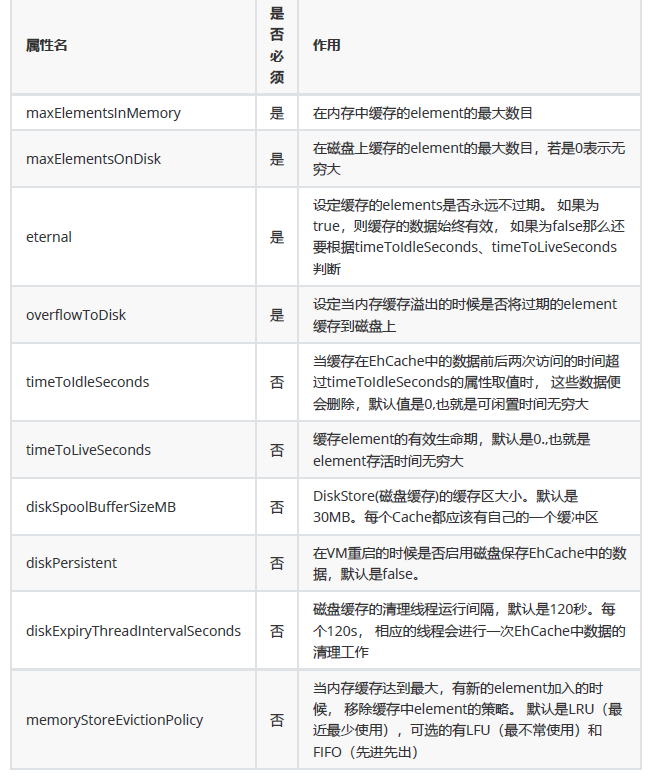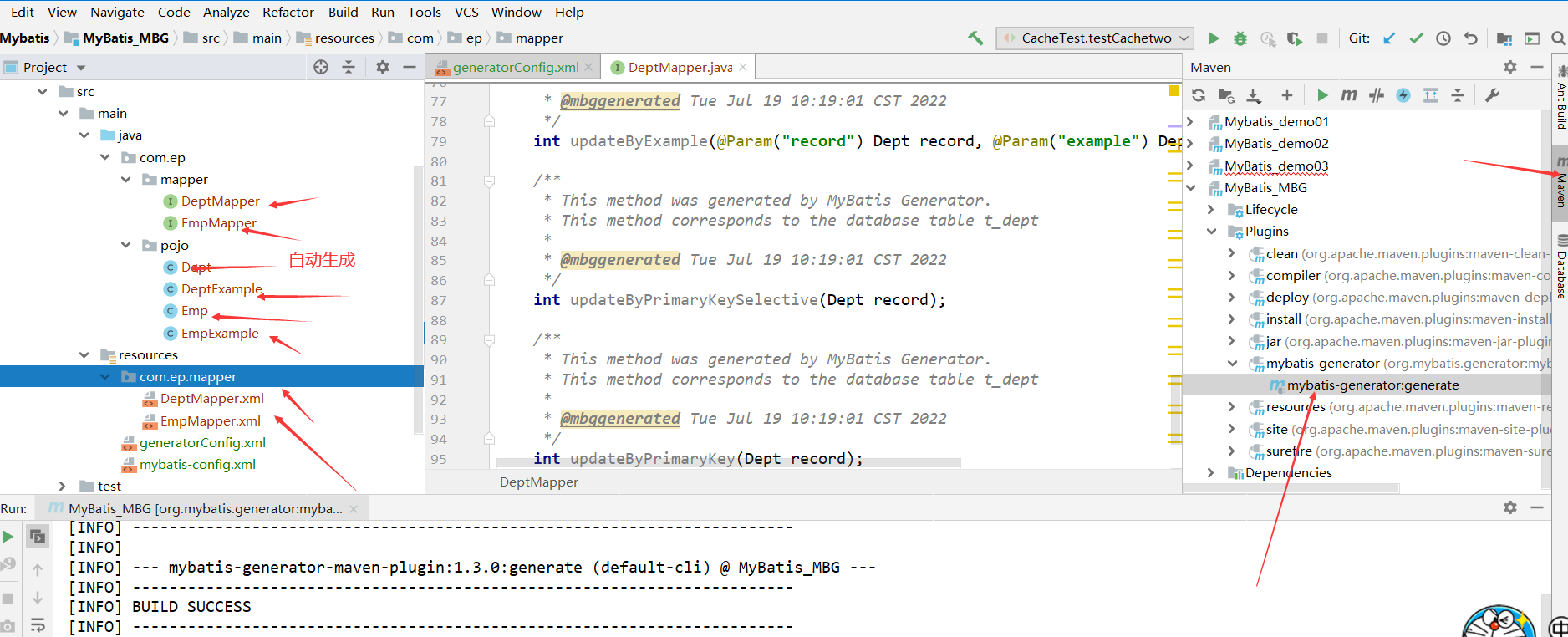Mybatis 官网:https://github.com/mybatis/mybatis-3
1.搭建MyBatis 1.1创建项目
设置maven
1.2创建maven工程 a>打包方式:jar
1 2 3 4 5 6 7 8 9 10 11 12 13 14 15 16 17 18 19 20 21 22 <packaging > jar</packaging > <dependencies > <dependency > <groupId > org.mybatis</groupId > <artifactId > mybatis</artifactId > <version > 3.5.7</version > </dependency > <dependency > <groupId > junit</groupId > <artifactId > junit</artifactId > <version > 4.12</version > <scope > test</scope > </dependency > <dependency > <groupId > mysql</groupId > <artifactId > mysql-connector-java</artifactId > <version > 5.1.3</version > </dependency > </dependencies >
1.3创建MyBatis的核心配置文件
习惯上命名为mybatis-config.xml,这个文件名仅仅只是建议,并非强制要求。将来整合Spring
核心配置文件存放的位置是src/main/resources目录下
1 2 3 4 5 6 7 8 9 10 11 12 13 14 15 16 17 18 19 20 21 22 23 <?xml version="1.0" encoding="UTF-8" ?> <!DOCTYPE configuration PUBLIC "-//mybatis.org//DTD Config 3.0//EN" "http://mybatis.org/dtd/mybatis-3-config.dtd" > <configuration > <environments default ="development" > <environment id ="development" > <transactionManager type ="JDBC" /> <dataSource type ="POOLED" > <property name ="driver" value ="com.mysql.jdbc.Driver" /> <property name ="url" value ="jdbc:mysql://localhost:3306/mybatis" /> <property name ="username" value ="root" /> <property name ="password" value ="root" /> </dataSource > </environment > </environments > <mappers > <mapper resource ="mappers/UserMapper.xml" /> </mappers > </configuration >
1.4创建mapper接口
MyBatis中的mapper接口相当于以前的dao。但是区别在于,mapper仅仅是接口,我们不需要提供实现类。
1.5创建MyBatis的映射文件 相关概念:ORM(Object Relationship Mapping)对象关系映射。
1、映射文件的命名规则:
1 2 3 4 5 6 7 8 9 10 <?xml version="1.0" encoding="UTF-8" ?> <!DOCTYPE mapper PUBLIC "-//mybatis.org//DTD Mapper 3.0//EN" "http://mybatis.org/dtd/mybatis-3-mapper.dtd" > <mapper namespace ="com.ep.mapper.UserMapper" > <insert id ="insertUser" > </insert > </mapper >
1.6通过junit测试功能 1 2 3 4 5 6 7 8 9 10 11 12 13 14 15 16 17 18 19 20 21 InputStream is = Resources.getResourceAsStream("mybatis-config.xml" );SqlSessionFactoryBuilder sqlSessionFactoryBuilder = new SqlSessionFactoryBuilder ();SqlSessionFactory sqlSessionFactory = sqlSessionFactoryBuilder.build(is);SqlSession sqlSession = sqlSessionFactory.openSession(true );UserMapper userMapper = sqlSession.getMapper(UserMapper.class);int result = userMapper.insertUser();"结果:" +result);
1.7加入log4j日志功能 a>加入依赖
1 2 3 4 5 6 <dependency > <groupId > log4j</groupId > <artifactId > log4j</artifactId > <version > 1.2.17</version > </dependency >
b>加入log4j的配置文件
og4j的配置文件名为log4j.xml,存放的位置是src/main/resources目录下
1 2 3 4 5 6 7 8 9 10 11 12 13 14 15 16 17 18 19 20 21 <?xml version="1.0" encoding="UTF-8" ?> <!DOCTYPE log4j :configuration SYSTEM "log4j.dtd" > <log4j:configuration xmlns:log4j ="http://jakarta.apache.org/log4j/" > <appender name ="STDOUT" class ="org.apache.log4j.ConsoleAppender" > <param name ="Encoding" value ="UTF-8" /> <layout class ="org.apache.log4j.PatternLayout" > <param name ="ConversionPattern" value ="%-5p %d{MM-dd HH:mm:ss,SSS} %m (%F:%L) \n" /></layout > </appender > <logger name ="java.sql" > <level value ="debug" /> </logger > <logger name ="org.apache.ibatis" > <level value ="info" /> </logger > <root > <level value ="debug" /> <appender-ref ref ="STDOUT" /> </root > </log4j:configuration >
日志的级别
1 2 3 4 5 6 7 8 9 <select id ="queryAllUser" resultType ="com.ep.pojo.User" > </select >
2.核心配置文件详解 核心配置文件中的标签必须按照固定的顺序:
mabatis-config.xml
1 2 3 4 5 6 7 8 9 10 11 12 13 14 15 16 17 18 19 20 21 22 23 24 25 26 27 28 29 30 31 32 33 34 35 36 37 38 39 40 41 42 43 44 45 46 47 48 49 50 51 52 53 54 55 56 57 58 59 60 61 62 63 64 65 66 67 68 69 70 71 72 73 74 75 76 77 78 79 80 81 82 83 84 85 86 87 88 89 90 91 92 <?xml version="1.0" encoding="UTF-8" ?> <!DOCTYPE configuration PUBLIC "-//mybatis.org//DTD Config 3.0//EN" "http://mybatis.org/dtd/mybatis-3-config.dtd" > <configuration > <properties resource ="jdbc.properties" /> <typeAliases > <package name ="com.ep.pojo" /> </typeAliases > <environments default ="development" > <environment id ="development" > <transactionManager type ="JDBC" /> <dataSource type ="POOLED" > <property name ="driver" value ="${jdbc.driver}" /> <property name ="url" value ="${jdbc.url}" /> <property name ="username" value ="${jdbc.username}" /> <property name ="password" value ="${jdbc.password}" /> </dataSource > </environment > <environment id ="test" > <transactionManager type ="JDBC" /> <dataSource type ="POOLED" > <property name ="driver" value ="com.mysql.jdbc.Driver" /> <property name ="url" value ="jdbc:mysql://localhost:3306/mybatis" /> <property name ="username" value ="root" /> <property name ="password" value ="root" /> </dataSource > </environment > </environments > <mappers > <package name ="com.ep.mapper" /> </mappers > </configuration >
jdbc.properties
1 2 3 4 jdbc.driver =com.mysql.jdbc.Driver jdbc.url =jdbc:mysql://localhost:3306/mybatis?characterEncoding=utf8 jdbc.username =root jdbc.password =root
3.MyBatis的增删改查 1、添加
1 2 3 4 <insert id ="insertUser" > </insert >
2、删除
1 2 3 4 <delete id ="deleteUser" > </delete >
3、修改
1 2 3 4 <update id ="updateUser" > </update >
4、查询一个实体类对象
1 2 3 4 <select id ="getUserById" resultType ="com.ep.bean.User" > </select >
5、查询集合
1 2 3 4 <select id ="queryAllUser" resultType ="user" > </select >
注意:
4.MyBatis获取参数值的两种方式(重点) MyBatis获取参数值的两种方式:${}和#{}没有引号,需要手动加 ),#{}的本质就是占位符赋值(有引号 )
4.1单个字面量类型的参数 若mapper接口中的方法参数为单个的字面量类型任意的名称 获取参数的值,注意**${}需要手动加单引号**
1 2 3 4 5 6 <select id ="getUserByUsername" resultType ="user" > </select >
4.2多个字面量类型的参数 若mapper接口中的方法参数为多个时以arg0,arg1…为键,以参数为值 ;
以param1,param2…为键,以参数为值 ;
因此只需要通过${}和#{}访问map集合的键就可以获取相对应的值,注意${}需要手动加单引号
1 2 3 4 5 6 7 <select id ="checkLogin" resultType ="user" > </select >
4.3map集合类型的参数 若mapper接口中的方法需要的参数为多个时,此时可以手动创建map集合,将这些数据放在map中
1 2 3 4 5 <select id ="checkLoginByMap" resultType ="user" > </select >
1 2 3 HashMap<String, Object> hashMap = new HashMap <String, Object>();"username" ,"admin" );"password" ,"123" );
4.4实体类类型的参数 若mapper接口中的方法参数为实体类对象时
1 2 3 4 5 <select id ="ckeckLoginByUser" resultType ="user" > </select >
4.5使用@Param标识参数 可以通过@Param注解标识mapper接口中的方法参数
1 2 3 4 <select id ="checkLoginByParam" resultType ="user" > </select >
5.MyBatis的各种查询功能 5.1查询一个实体类对象 1 2 3 4 5 6 getUserById (@Param("id") int id) ;
1 2 3 4 <select id ="getUserById" resultType ="user" > </select >
5.2查询一个list集合 1 2 3 4 5 getUserList () ;
1 2 3 4 <!--List<User> getUserList () ;-->"getUserList" resultType="user" >
5.3查询单个数据 1 2 3 4 <select id ="getCount" resultType ="int" > </select >
5.4查询一条数据为map集合 1 2 3 4 5 6 getUserToMap (@Param("id") int id) ;
1 2 3 4 5 <select id ="getUserToMap" resultType ="map" > </select >
5.5查询多条数据为map集合 方式一:
1 2 3 4 5 6 7 getAllUserToMap () ;
1 2 3 4 <select id ="getAllUserToMap" resultType ="map" > </select >
方式二:
1 2 3 4 5 6 7 8 9 @MapKey("id") getAllUserToMap () ;
1 2 3 4 5 6 7 8 9 10 11 12 13 14 <select id ="getAllUserToMap" resultType ="map" > </select >
6.特殊SQL的执行 6.1模糊查询 1 2 3 4 5 6 testMohu (@Param("query") String query) ;
推荐使用:select * from user where username like "%"#{query}"%"%这里要使用双引号
1 2 3 4 5 6 7 8 9 <select id ="testMohu" resultType ="user" > </select >
6.2批量删除 1 2 3 4 5 6 int deleteMore (@Param("ids") String ids) ;
1 2 3 4 5 <delete id ="deleteMore" > </delete >
6.3动态设置表名 1 2 3 4 5 6 getAllUser (@Param("tableName") String tableName) ;
**这里只能用${},**因为#{}会加引号,表名是不能加引号的
1 2 3 4 <select id ="getAllUser" resultType ="user" > </select >
6.4添加功能获取自增的主键 1 2 3 4 5 6 7 8 9 int insertUser (User user) ;
会将新插入值的id返回
1 2 3 4 <insert id ="insertUser" useGeneratedKeys ="true" keyProperty ="id" > </insert >
7.自定义映射resultMap 解决字段名和属性名不一致的情况
方式1.为字段起别名,保持和属性名一致
1 2 3 4 5 <select id ="findAllEmp" resultType ="emp" > </select >
方式2.设置全局配置,将_自动映射为驼峰
mybatis-config.xml
1 2 3 4 <settings > <setting name ="mapUnderscoreToCamelCase" value ="true" /> </settings >
方式3.通过resultMap处理映射关系
7.1resultMap处理字段和属性的映射关系 若字段名和实体类中的属性名不一致,则可以通过resultMap设置自定义映射
property实体中的名字,column数据库表中的字段名
type:实体名
id:设置主键的映射关系 result:设置普通字段的映射关系 association:设置多对一的映射关系 collection:设置一对多的映射关系
想要的数据都要写,否则获取不到
1 2 3 4 5 6 7 8 9 10 11 12 13 14 15 16 17 18 19 20 21 22 23 24 25 26 <resultMap id ="empResultMap" type ="emp" > <id property ="eid" column ="eid" > </id > <result property ="empName" column ="emp_name" > </result > <result property ="age" column ="age" > </result > <result property ="email" column ="email" > </result > <result property ="sex" column ="sex" > </result > </resultMap > <select id ="findAllEmp" resultMap ="empResultMap" > </select >
若字段名和实体类中的属性名不一致,但是字段名符合数据库的规则
7.2多对一映射处理
查询员工信息以及员工所对应的部门信息
7.2.1.级联方式处理映射关系 1 2 3 4 5 6 7 8 9 10 11 12 13 14 <resultMap id ="empResultMapOne" type ="emp" > <id property ="eid" column ="eid" > </id > <result property ="empName" column ="emp_name" > </result > <result property ="age" column ="age" > </result > <result property ="email" column ="email" > </result > <result property ="sex" column ="sex" > </result > <result property ="dept.did" column ="did" > </result > <result property ="dept.deptName" column ="dept_name" > </result > </resultMap > <select id ="findEmpOne" resultMap ="empResultMapOne" > </select >
Dept为java实体 , property为emp实体中的属性名
1 2 3 4 5 6 7 8 9 10 11 12 13 14 15 16 <resultMap id ="empResultMapTwo" type ="emp" > <id property ="eid" column ="eid" > </id > <result property ="empName" column ="emp_name" > </result > <result property ="age" column ="age" > </result > <result property ="email" column ="email" > </result > <result property ="sex" column ="sex" > </result > <association property ="dept" javaType ="Dept" > <id property ="did" column ="did" > </id > <result property ="deptName" column ="dept_name" > </result > </association > </resultMap > <select id ="findEmpOne" resultMap ="empResultMapTwo" > </select >
7.2.3.分步查询 1)查询员工信息
1 2 3 4 5 findEmpOneByStepOne (@Param("id") String id) ;
1 2 3 4 5 6 7 8 9 10 11 12 13 14 15 16 17 18 <resultMap id ="empResultMapStepOne" type ="emp" > <id property ="eid" column ="eid" > </id > <result property ="empName" column ="emp_name" > </result > <result property ="age" column ="age" > </result > <result property ="email" column ="email" > </result > <result property ="sex" column ="sex" > </result > <association property ="dept" select ="com.ep.mapper.DeptMapper.findDeptOne" column ="did" > </association > </resultMap > <select id ="findEmpOneByStepOne" resultMap ="empResultMapStepOne" > </select >
2)根据员工所对应的部门id查询部门信息
1 2 3 4 5 findDeptOne (@Param("id") int id) ;
1 2 3 4 5 6 7 8 9 <resultMap id ="DeptResultMap" type ="dept" > <id property ="did" column ="did" > </id > <result property ="deptName" column ="dept_name" > </result > </resultMap > <select id ="findDeptOne" resultMap ="DeptResultMap" > </select >
7.3一对多映射处理 7.3.1collection
1 2 3 4 findAllDept (@Param("id") int id) ;
ofType:设置collection标签所处理的集合属性中存储数据的类型
1 2 3 4 5 6 7 8 9 10 11 12 13 14 15 16 <resultMap id ="DeptsResultMap" type ="dept" > <id property ="did" column ="did" > </id > <result property ="deptName" column ="dept_name" > </result > <collection property ="emps" ofType ="Emp" > <id property ="eid" column ="eid" > </id > <result property ="empName" column ="empName" > </result > <result property ="sex" column ="sex" > </result > <result property ="age" column ="age" > </result > <result property ="email" column ="email" > </result > </collection > </resultMap > <select id ="findAllDept" resultMap ="DeptsResultMap" > </select >
7.3.2分步查询 1)查询部门的信息
1 2 3 4 5 findDeptByStepOne (@Param("id") int id) ;
1 2 3 4 5 6 7 8 9 10 11 12 13 <resultMap id ="deptResultMapByStep" type ="dept" > <id property ="did" column ="did" > </id > <result property ="deptName" column ="dept_name" > </result > <collection property ="emps" select ="com.ep.mapper.EmpMapper.findDeptByStepTwo" column ="did" > </collection > </resultMap > <select id ="findDeptByStepOne" resultMap ="deptResultMapByStep" > </select >
2)根据部门信息返回的did查询部门成员的信息
1 2 3 4 5 findDeptByStepTwo (@Param("did") int did) ;
1 2 3 4 5 6 7 <select id ="findDeptByStepTwo" resultType ="emp" > </select >
分步查询的优点:可以实现延迟加载,但是必须在核心配置文件中设置全局配置信息:
mybatis-config.xml
1 2 3 4 5 <settings > <setting name ="mapUnderscoreToCamelCase" value ="true" /> <setting name ="lazyLoadingEnabled" value ="true" /> </settings >
开启全局延迟加载后,如果想要获取员工的个人信息,则不会去查询所属部门的信息
8.动态SQL Mybatis框架的动态SQL技术是一种根据特定条件动态拼装SQL语句的功能,它存在的意义是为了解决拼接SQL语句字符串时的痛点问题。
8.1 if if标签可通过test属性的表达式进行判断,若表达式的结果为true,则标签中的内容会执行;反之标签中
1 2 3 4 5 6 7 8 9 10 11 12 13 <select id ="getEmpByDynamicSql" resultType ="emp" > <if test ="empName != null and empName !=''" > </if > <if test ="sex != null and sex != ''" > </if > <if test ="age != null and age != ''" > </if > </select >
8.2where where只能去掉前面的and或者or
1 2 3 4 5 6 7 8 9 10 11 12 13 14 15 <select id ="getEmpByDynamicSql" resultType ="emp" > <where > <if test ="empName != null and empName !=''" > </if > <if test ="sex != null and sex != ''" > </if > <if test ="age != null and age != ''" > </if > </where > </select >
where和if一般结合使用:
8.3trim 1 2 3 4 5 6 7 8 9 10 11 12 13 14 15 <select id ="getEmpByDynamicSql" resultType ="emp" > <trim prefix ="where" prefixOverrides ="and|or" > <if test ="empName != null and empName !=''" > </if > <if test ="sex != null and sex != ''" > </if > <if test ="age != null and age != ''" > </if > </trim > </select >
trim用于去掉或添加标签中的内容
8.4choose、when、otherwise choose、when、otherwise相当于if…else if..else
when至少有一个,otherwise至多有一个
只会执行一个
1 2 3 4 5 6 7 8 9 10 11 12 13 14 15 16 17 18 19 20 <select id ="getEmpByDynamicSql" resultType ="emp" > <where > <choose > <when test ="empName != null and empName !=''" > </when > <when test ="sex != null and sex != ''" > </when > <when test ="age != null and age != ''" > </when > <otherwise > </otherwise > </choose > </where > </select >
8.5 foreach 两种方法删除
1 new Integer []{6 , 7 , 8 , 9 ,10 ,11 }
1 2 3 4 5 6 7 8 9 10 11 <delete id ="deleteMoreEmp" > <foreach collection ="eids" item ="eid" separator ="or" > </foreach > </delete >
属性:
批量添加员工
1 2 3 4 Emp emp1 = new Emp (0 ,"a" ,"18" ,"123456@qq.com" ,"男" ,null );Emp emp2 = new Emp (0 ,"b" ,"18" ,"123456@qq.com" ,"男" ,null );Emp emp3 = new Emp (0 ,"c" ,"18" ,"123456@qq.com" ,"男" ,null );
1 2 3 4 5 6 7 <insert id ="insertMoreEmp" > <foreach collection ="emps" separator ="," item ="emp" > </foreach > </insert >
8.6SQL片段 sql片段,可以记录一段公共sql片段,在使用的地方通过include标签进行引入
1 2 3 4 <sql id ="empColumns" > </sql > <include refid ="empColumns" > </include > from t_emp
9.MyBatis的缓存 9.1MyBatis的一级缓存 一级缓存是SqlSession级别的,通过同一个SqlSession查询的数据会被缓存,下次查询相同的数据,就会从缓存中直接获取,不会从数据库重新访问.``一级缓存是默认开启的`
使一级缓存失效的四种情况:
不同的SqlSession对应不同的一级缓存
同一个SqlSession但是查询条件不同
同一个SqlSession两次查询期间执行了任何一次增删改操作
同一个SqlSession两次查询期间手动清空了缓存
9.2MyBatis的二级缓存 二级缓存是SqlSessionFactory级别,通过同一个SqlSessionFactory创建的SqlSession查询的结果会被缓存;此后若再次执行相同的查询语句,结果就会从缓存中获取
二级缓存开启的条件: cacheEnabled="true",默认为true,不需要设置 <cache/>
c>二级缓存必须在SqlSession关闭或提交之后有效必须实现序列化的接口
使二级缓存失效的情况:
9.3二级缓存的相关配置 在mapper配置文件中添加的cache标签可以设置一些属性:
eviction属性:缓存回收策略
LRU(Least Recently Used) – 最近最少使用的:移除最长时间不被使用的对象。
FIFO(First in First out) – 先进先出:按对象进入缓存的顺序来移除它们。
SOFT – 软引用:移除基于垃圾回收器状态和软引用规则的对象。
WEAK – 弱引用:更积极地移除基于垃圾收集器状态和弱引用规则的对象。
flushInterval属性:刷新间隔,单位毫秒
默认情况是不设置,也就是没有刷新间隔,缓存仅仅调用语句时刷新
size属性:引用数目,正整数
代表缓存最多可以存储多少个对象,太大容易导致内存溢出
readOnly属性:只读,true/false
true:只读缓存;会给所有调用者返回缓存对象的相同实例。因此这些对象不能被修改。这提供了
false:读写缓存;会返回缓存对象的拷贝(通过序列化)。这会慢一些,但是安全,因此默认是false。
9.4MyBatis缓存查询的顺序 先查询二级缓存,因为二级缓存中可能会有其他程序已经查出来的数据,可以拿来直接使用。
9.5整合第三方缓存EHCache a>添加依赖
mybatis核心,junit测试,log4j,mysql的包也要导入(不过log4j已经没用了)
1 2 3 4 5 6 7 8 9 10 11 12 <dependency > <groupId > org.mybatis.caches</groupId > <artifactId > mybatis-ehcache</artifactId > <version > 1.2.1</version > </dependency > <dependency > <groupId > ch.qos.logback</groupId > <artifactId > logback-classic</artifactId > <version > 1.2.3</version > </dependency >
b>各jar包功能
c>创建EHCache的配置文件ehcache.xml
1 2 3 4 5 6 7 8 9 10 11 12 13 14 15 16 <?xml version="1.0" encoding="utf-8" ?> <ehcache xmlns:xsi ="http://www.w3.org/2001/XMLSchema-instance" xsi:noNamespaceSchemaLocation ="../config/ehcache.xsd" > <diskStore path ="D:\atguigu\ehcache" /> <defaultCache maxElementsInMemory ="1000" maxElementsOnDisk ="10000000" eternal ="false" overflowToDisk ="true" timeToIdleSeconds ="120" timeToLiveSeconds ="120" diskExpiryThreadIntervalSeconds ="120" memoryStoreEvictionPolicy ="LRU" > </defaultCache > </ehcache >
d>设置二级缓存的类型
1 <cache type ="org.mybatis.caches.ehcache.EhcacheCache" />
e>加入logback日志
存在SLF4J时,作为简易日志的log4j将失效,此时我们需要借助SLF4J的具体实现logback来打印日志。
1 2 3 4 5 6 7 8 9 10 11 12 13 14 15 16 17 18 19 20 <?xml version="1.0" encoding="UTF-8" ?> <configuration debug ="true" > <appender name ="STDOUT" class ="ch.qos.logback.core.ConsoleAppender" > <encoder > <pattern > [%d{HH:mm:ss.SSS}] [%-5level] [%thread] [%logger] [%msg]%n</pattern > </encoder > </appender > <root level ="DEBUG" > <appender-ref ref ="STDOUT" /> </root > <logger name ="com.atguigu.crowd.mapper" level ="DEBUG" /> </configuration >
f>EHCache配置文件说明
10.MyBatis的逆向工程
正向工程:先创建Java实体类,由框架负责根据实体类生成数据库表。Hibernate是支持正向工程的。
逆向工程:先创建数据库表,由框架负责根据数据库表,反向生成如下资源:
Java实体类
Mapper接口
Mapper映射文件
10.1创建逆向工程的步骤 a>添加依赖和插件
1 2 3 4 5 6 7 8 9 10 11 12 13 14 15 16 17 18 19 20 21 22 23 24 25 26 27 28 29 30 31 32 33 34 35 36 37 38 39 40 41 42 <dependencies > <dependency > <groupId > org.mybatis</groupId > <artifactId > mybatis</artifactId > <version > 3.5.7</version > </dependency > </dependencies > <build > <plugins > <plugin > <groupId > org.mybatis.generator</groupId > <artifactId > mybatis-generator-maven-plugin</artifactId > <version > 1.3.0</version > <dependencies > <dependency > <groupId > org.mybatis.generator</groupId > <artifactId > mybatis-generator-core</artifactId > <version > 1.3.2</version > </dependency > <dependency > <groupId > com.mchange</groupId > <artifactId > c3p0</artifactId > <version > 0.9.2</version > </dependency > <dependency > <groupId > mysql</groupId > <artifactId > mysql-connector-java</artifactId > <version > 5.1.8</version > </dependency > </dependencies > </plugin > </plugins > </build >
b>创建MyBatis的核心配置文件
c>创建逆向工程的配置文件
配置里面的内容需要自行更改
文件名必须是:generatorConfig.xml
1 2 3 4 5 6 7 8 9 10 11 12 13 14 15 16 17 18 19 20 21 22 23 24 25 26 27 28 29 30 31 32 33 34 35 36 37 38 39 40 <?xml version="1.0" encoding="UTF-8" ?> <!DOCTYPE generatorConfiguration PUBLIC "-//mybatis.org//DTD MyBatis Generator Configuration 1.0//EN" "http://mybatis.org/dtd/mybatis-generator-config_1_0.dtd" > <generatorConfiguration > <context id ="DB2Tables" targetRuntime ="MyBatis3Simple" > <jdbcConnection driverClass ="com.mysql.jdbc.Driver" connectionURL ="jdbc:mysql://localhost:3306/mybatis?characterEncoding=utf8" userId ="root" password ="root" > </jdbcConnection > <javaModelGenerator targetPackage ="com.ep.pojo" targetProject =".\src\main\java" > <property name ="enableSubPackages" value ="true" /> <property name ="trimStrings" value ="true" /> </javaModelGenerator > <sqlMapGenerator targetPackage ="com.ep.mapper" targetProject =".\src\main\resources" > <property name ="enableSubPackages" value ="true" /> </sqlMapGenerator > <javaClientGenerator type ="XMLMAPPER" targetPackage ="com.ep.mapper" targetProject =".\src\main\java" > <property name ="enableSubPackages" value ="true" /> </javaClientGenerator > <table tableName ="t_emp" domainObjectName ="Emp" /> <table tableName ="t_dept" domainObjectName ="Dept" /> </context > </generatorConfiguration >
d>执行MBG插件的generate目标
最后生成代码之后,记得配置mybatis-config.xml里面的类型别名和映射文件
10.2QBC查询 1 2 3 4 5 6 7 8 9 10 11 12 13 14 15 16 17 18 19 20 21 22 23 24 25 26 27 28 29 @Test public void testMBG () throws IOException {InputStream is = Resources.getResourceAsStream("mybatis-config.xml" );SqlSession sqlSession = new SqlSessionFactoryBuilder ().build(is).openSession(true );EmpMapper mapper = sqlSession.getMapper(EmpMapper.class);EmpExample empExample = new EmpExample ();new Emp (12 ,"insert2" ,null ,null ,"123456789@qq.com" ,2 ));
11.分页插件 11.1分页插件使用步骤 a>添加依赖
1 2 3 4 5 <dependency > <groupId > com.github.pagehelper</groupId > <artifactId > pagehelper</artifactId > <version > 5.2.0</version > </dependency >
b>配置分页插件
1 2 3 4 <plugins > <plugin interceptor ="com.github.pagehelper.PageInterceptor" > </plugin > </plugins >
11.2分页插件的使用 a>在查询功能之前使用PageHelper.startPage(int pageNum, int pageSize)开启分页功能
pageNum:当前页的页码
b>在查询获取list集合之后,使用PageInfo<T> pageInfo = new PageInfo<>(List<T> list, intnavigatePages)获取分页相关数据
list:分页之后的数据
c>分页相关数据
PageInfo{
常用数据:
pageNum:当前页的页码
1 2 3 4 5 6 7 8 9 10 11 12 13 14 15 16 17 @Test public void testPage () throws IOException {InputStream is = Resources.getResourceAsStream("mybatis-config.xml" );SqlSession sqlSession = new SqlSessionFactoryBuilder ().build(is).openSession(true );EmpMapper mapper = sqlSession.getMapper(EmpMapper.class);1 ,5 );null );new PageInfo <>(emps, 5 );
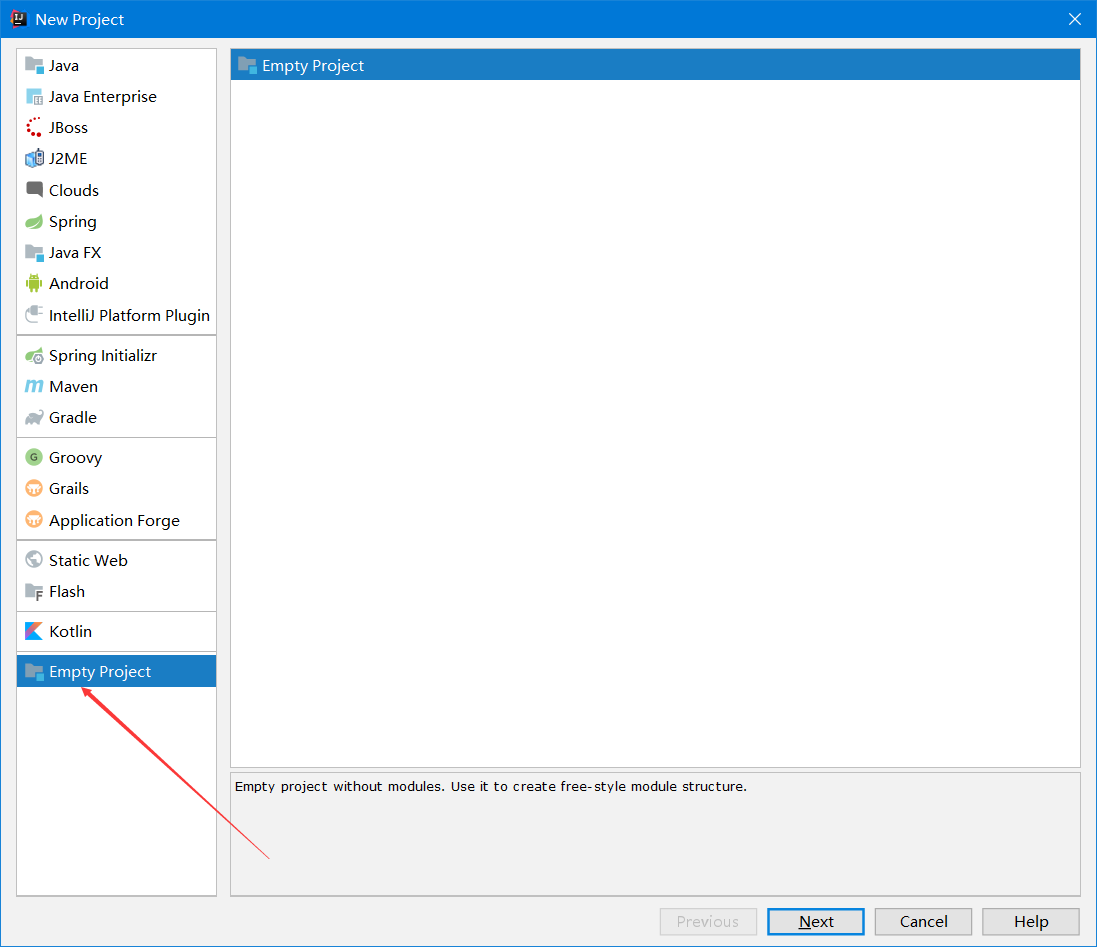
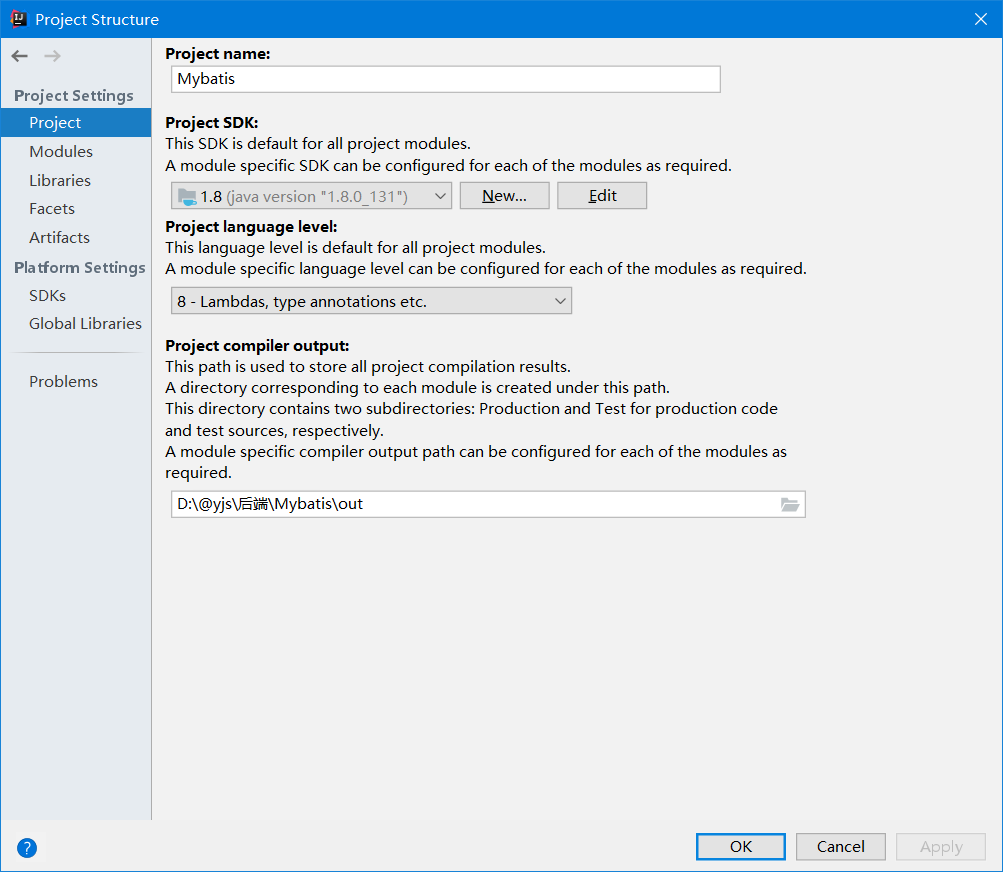
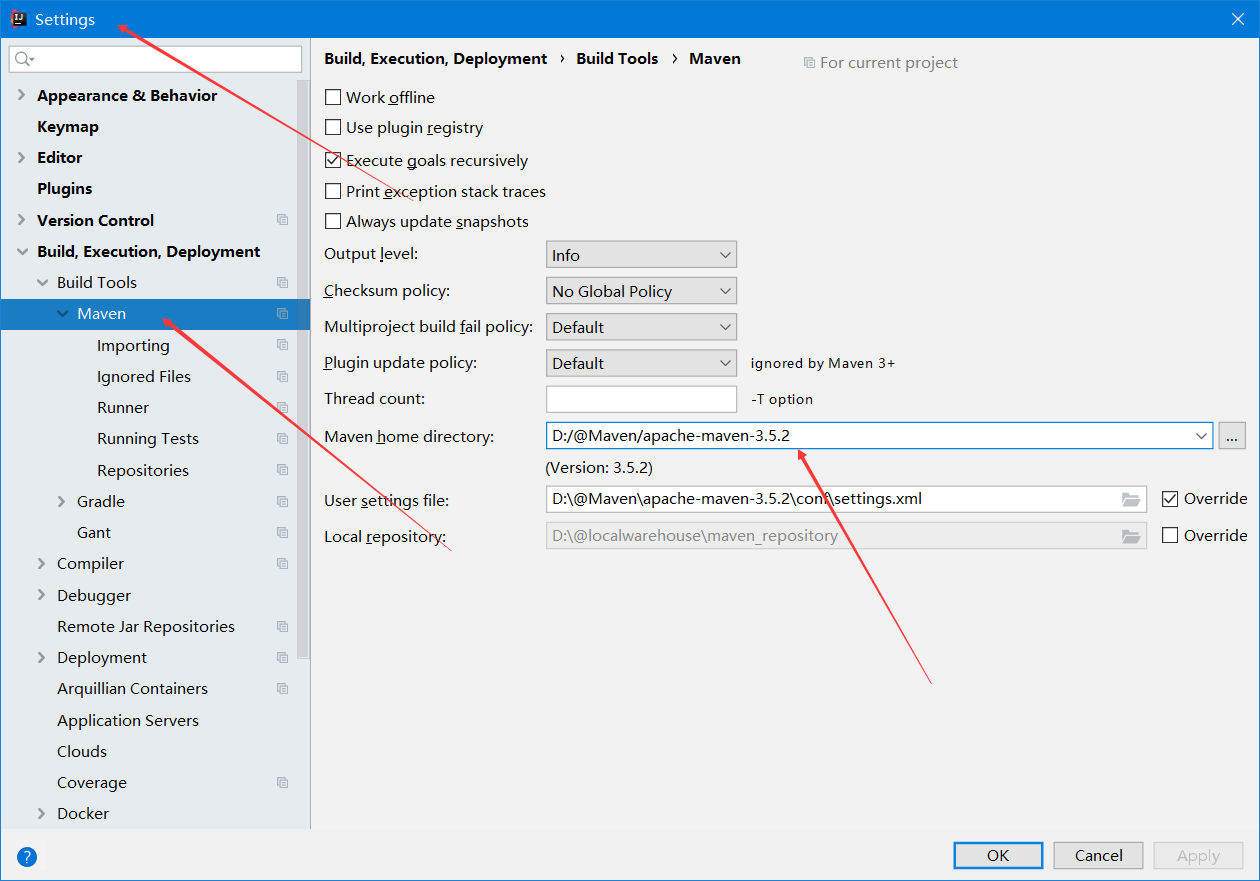
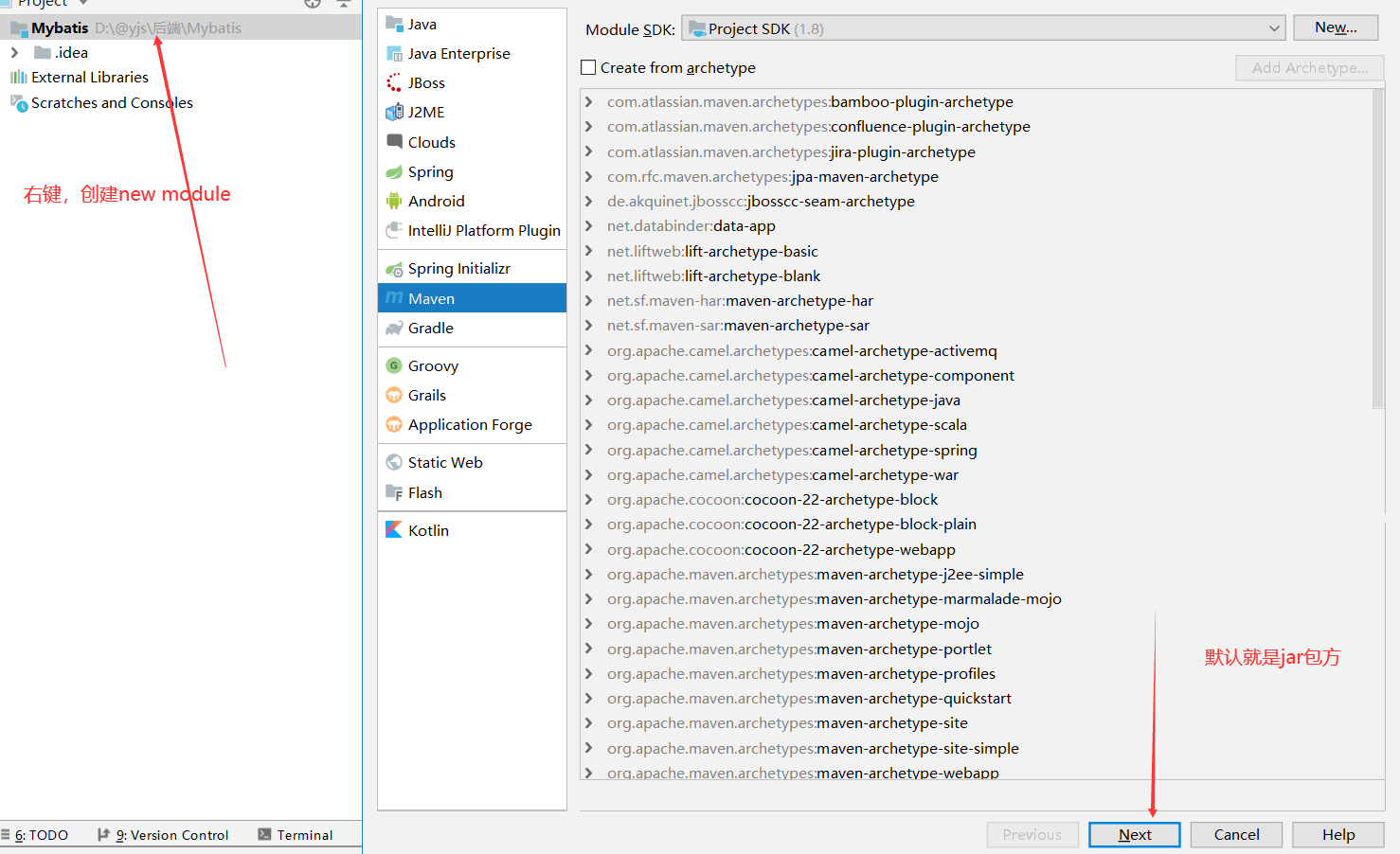


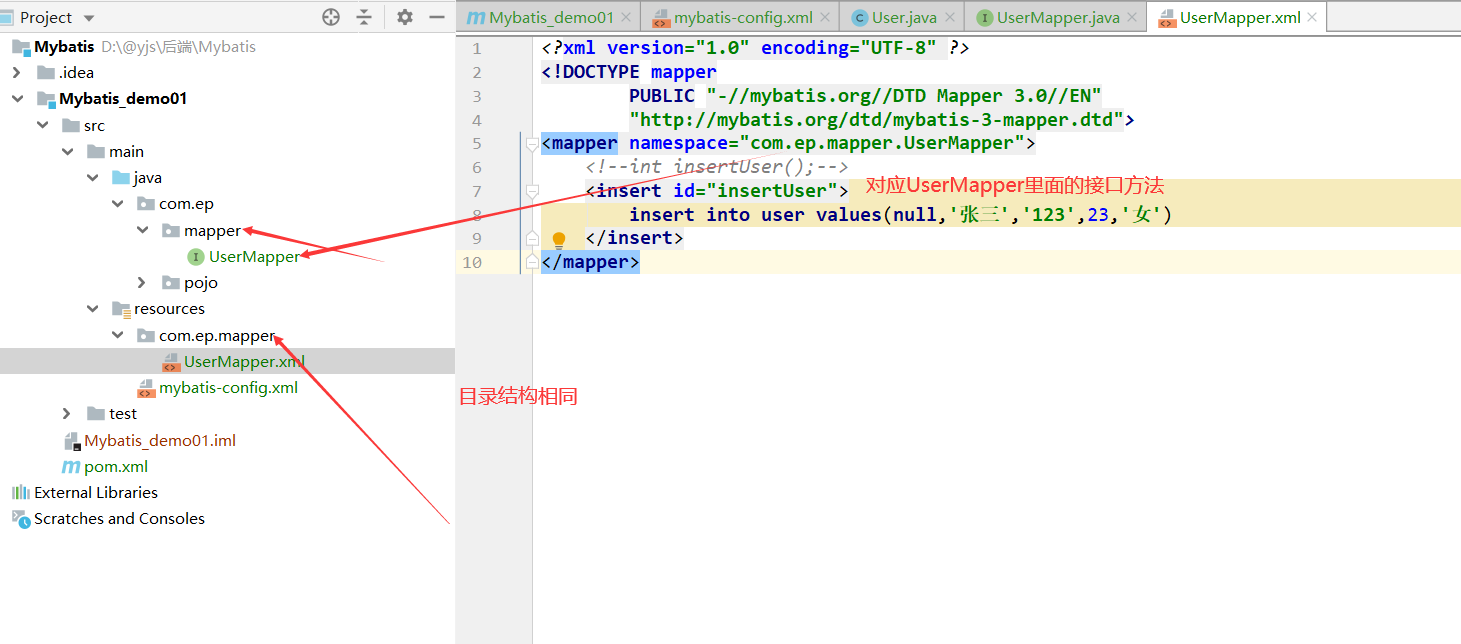
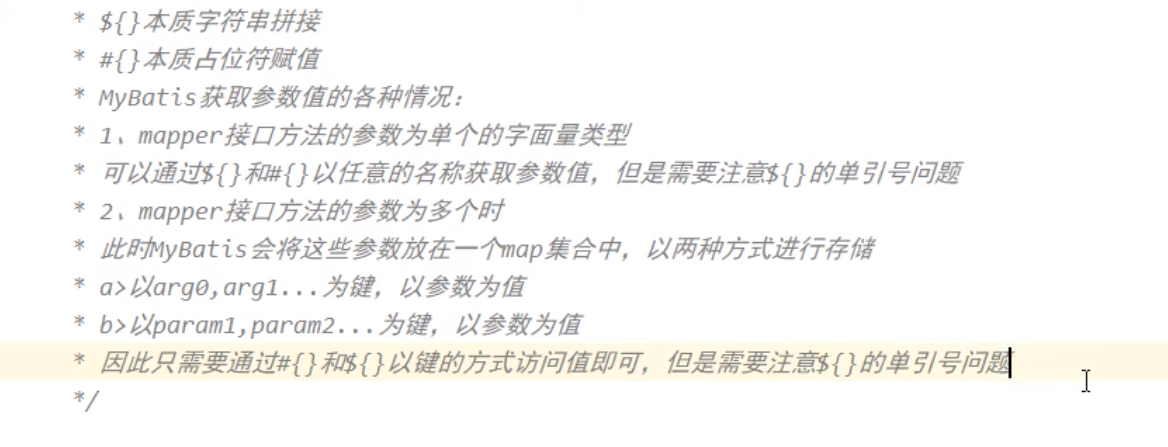
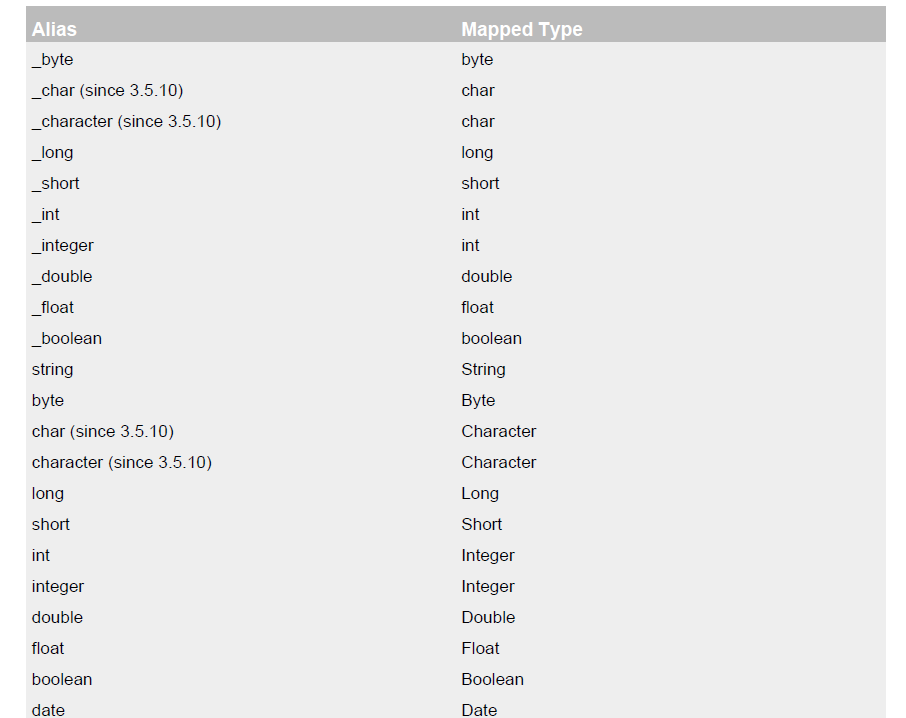
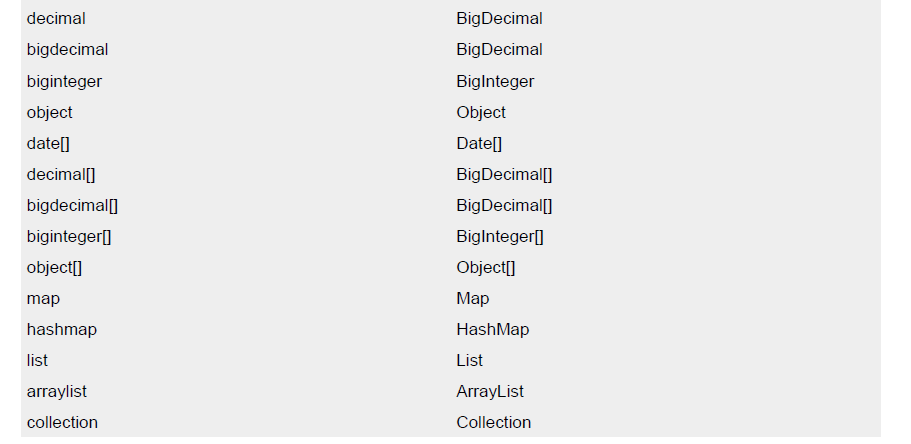
 7.2.2.使用association处理映射关系
7.2.2.使用association处理映射关系
